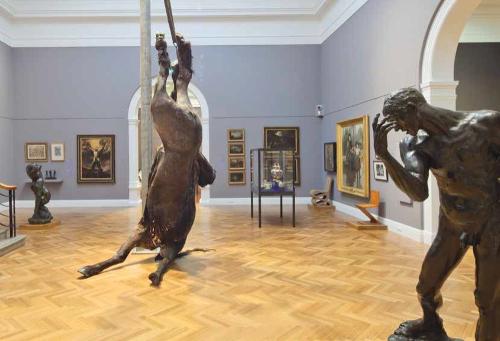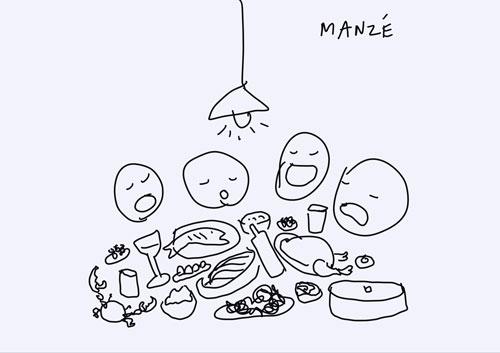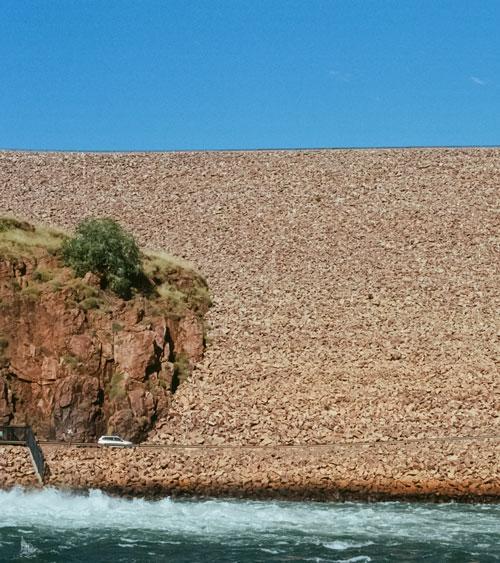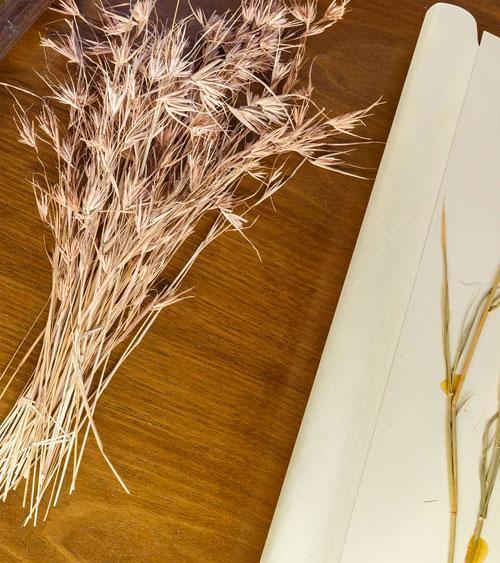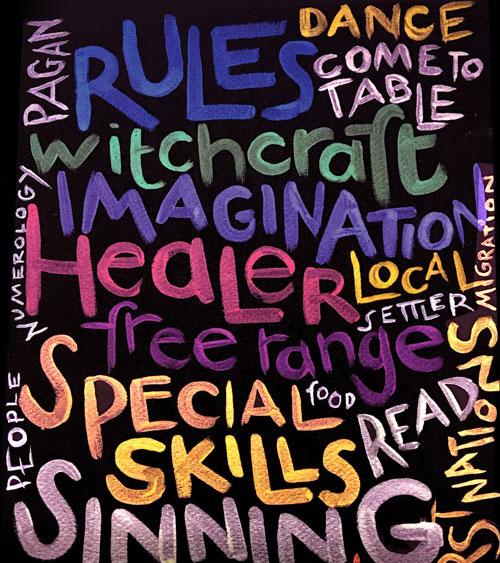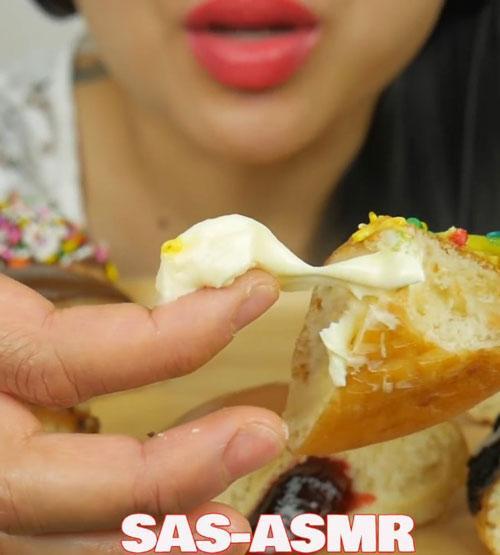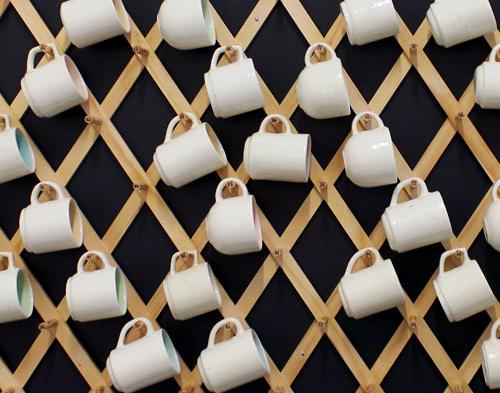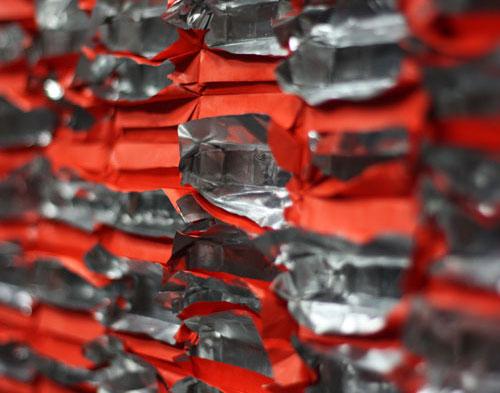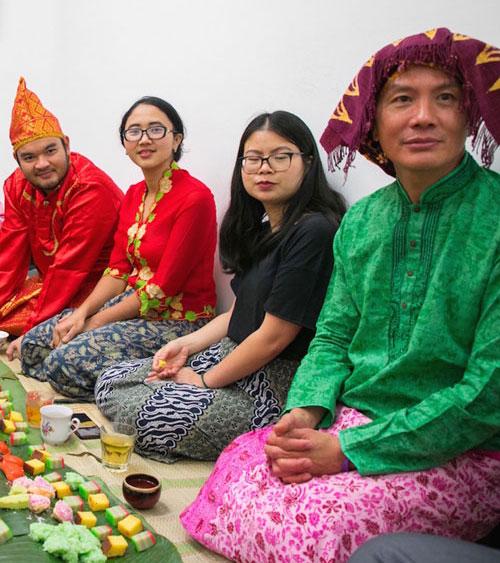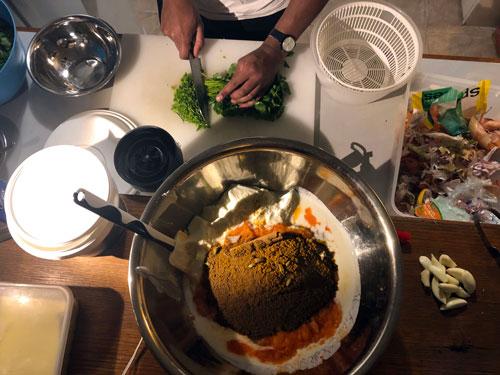Mai Contemporary Kaurna Food
Mai Contemporary Kaurna Food is a local Indigenous food project based in the Adelaide Plains of South Australia. The word Mai means “food” in the Kaurna language and is pronounced “may”. The idea behind the project was to create a series of recipes that draw from Kaurna culture and the unique environment of the Adelaide Plains. The seasonal recipes are named after regional ecosystems and emphasise the biodiversity of these areas. They use a specific selection of local Australian Indigenous ingredients. Mai is designed to be affordable, local, healthy and environmentally friendly, but most importantly tasty.


